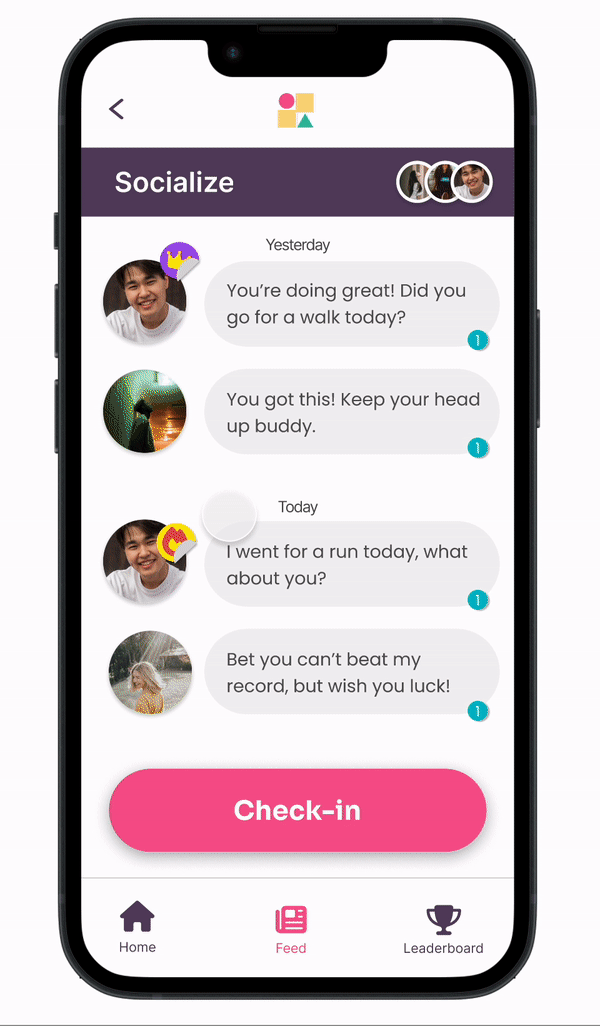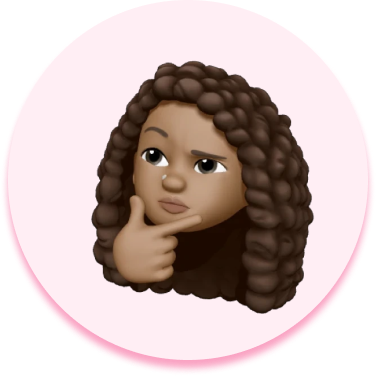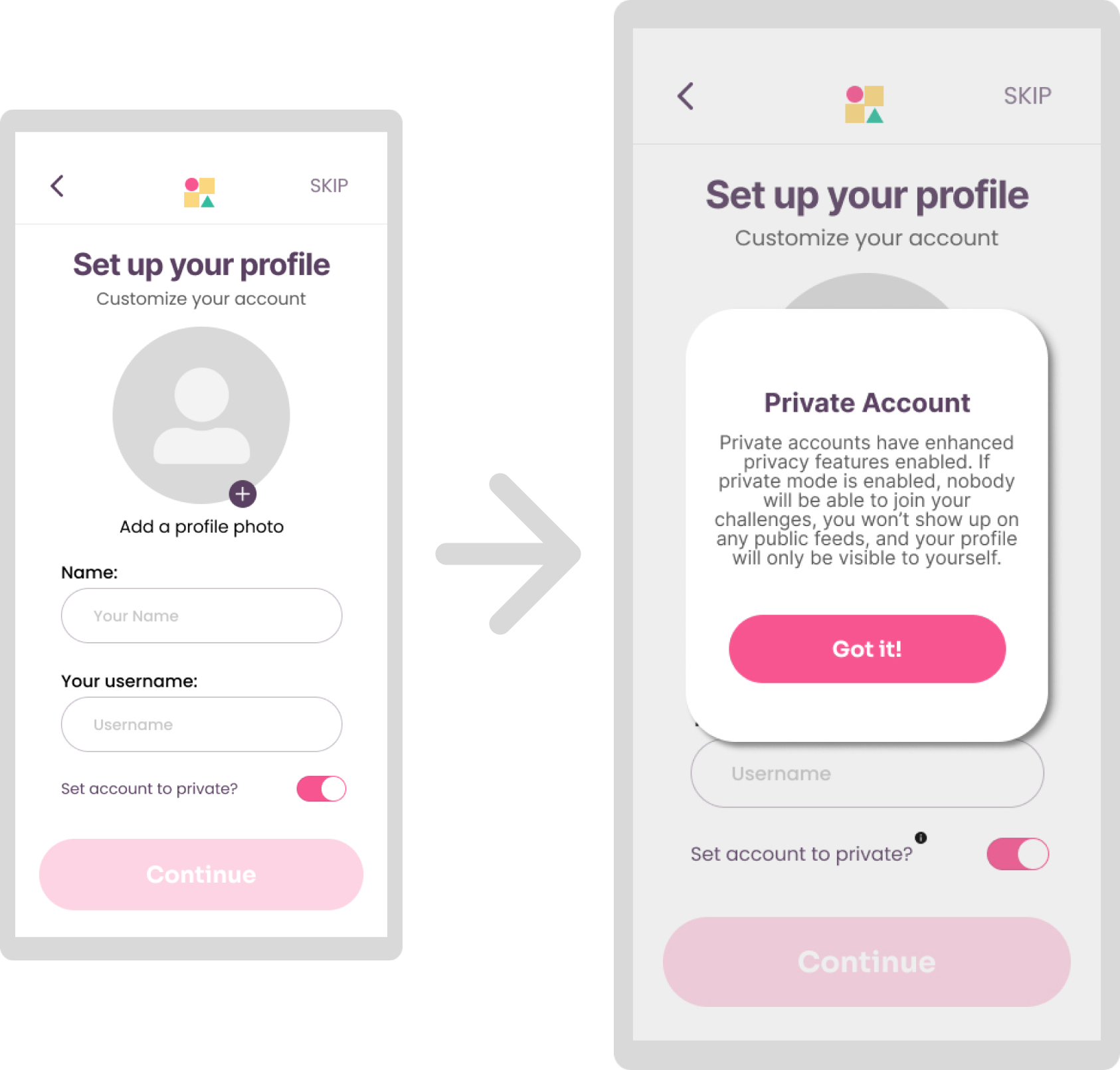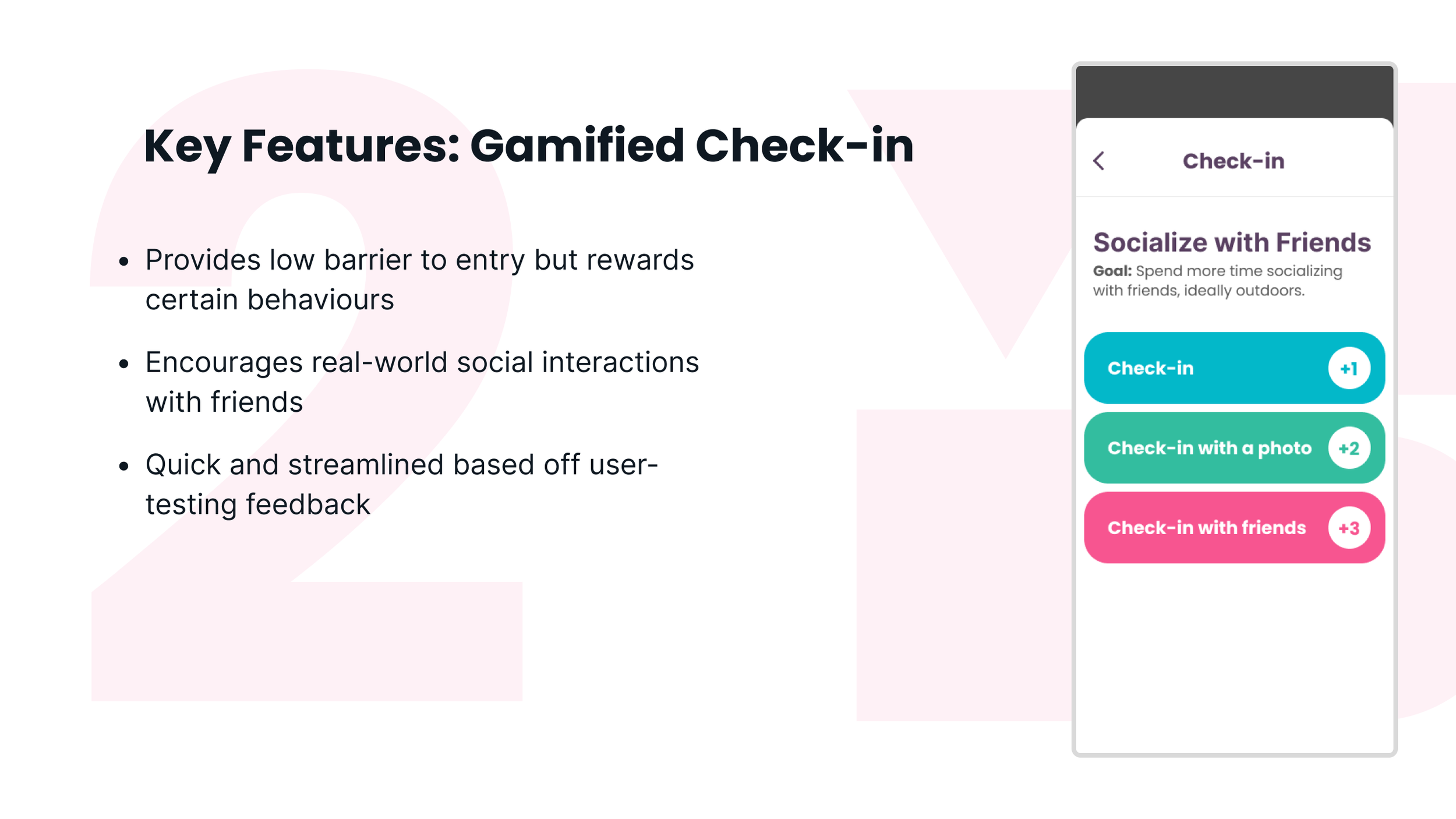HabitHub
UX Research & Design
OVERVIEW
This case study explores the research and design process behind the conceptual mobile app, HabitHub, which aims in addressing the issue of social isolation among young adults that impact their mental health and lifestyle choices, resulting from the impact of COVID-19. Developed by a team of five designers, including myself, Habithub seeks to provide a solution that promotes social connection and healthy habit-buliding among young adults.
Role: UX Researcher + Designer
Team: Jacklyn, Bogdan, Ismaa, and Amrita
Timeline: 4 Weeks
Tools: Figma and Miro
THE SOLUTION
A mobile app designed to help young adults overcome social interaction barriers through gamification mechanisms that promote healthier habits.
Introducing Habithub
PROJECT GOAL
PROBLEM SPACE
A study on the effects of COVID-19 on college students in 2021 indicated that 48% of respondents “slept less, ate worse, [and] got less exercise”
There is a decline in face-to-face interactions, but also reduced extracurricular activities such as sports, and part-time work
With the closure of schools, the development of crucial social skills in adolescents has been hindered, making it harder for young adults to navigate diverse personalities
DESIGN PROBLEM
In response to these challenges, we recognized there is a pressing need for an innovative solution that leverages technology to enhance the social intelligence of young adults.
“How might we use technology to encourage healthy social interactions among young adults in an ever-changing technological world?”
TARGET USER
Meet Alex
DESIGN PROCESS
Design Exploration: Establishing our idea
After reviewing and gaining insights from our research we moved onto iterating over the features we would like in our application. We drew inspiration from positive outcomes of gamification in order to establish the concept of our design. Taking into account the problem discovery, we identified key factors that we needed to address:
There is a pressing need for an innovative solution that enhances the social intelligence of young adults
Users would require an incentive to achieve gradual change
Foster meaningful human connection and problem-solving abilities through the form of habit-building
Design Exploration: Low Fidelity Designs
DESIGN SYSTEM
Our aim was to provide a seamless and enjoyable user experience that encourages positive social behaviour and engagement. Which is why we chose to create a very simplistic design system.
USER TESTING
To ensure the effectiveness of our design decisions, we collected user feedback and evaluated it meticulously. This evaluation phase allowed us to identify areas of improvement and make informed refinements to the app's features and functionalities. We asked 5 participants to test out habithub and share their impressions of it.
What We Learned:
What We Improved:
The results of our research and evaluation phases yielded valuable insights into the impact of the design decisions on the user experience. We observed positive changes in user behavior and a heightened sense of social connectedness among young adults who engaged with Habithub. Some major changes we made based on the user testings include:
Added information icon to keep users informed of specific features
Implemented signifiers to enhance ease with which users find design features
Use of feedback message to present possibility of options
Use of contrast principle to emphasize the custom habit feature
Adjusted hue to effectively communicate inactive visual elements such as buttons
a fob button wasn’t recognized on the home page
Improved text contrast to enhance legibility
Used proximity design principle for the effective call to action
Replaced a fob with a regular button
CONCEPT TO PROTOTYPE
To turn Habithub into a functional prototype, we utilized the valuable insights gained from our user testings, wireframes, and extensive research. Through multiple iterations, we refined the design and incorporated user feedback to ensure a seamless user experience. The wireframes provided a solid foundation for the visual design, while the research helped us understand the challenges faced by young adults in maintaining social interactions.
By iteratively improving the app based on user testings, we were able to enhance the onboarding process, clarify features like "private mode," and emphasize the custom habit-building feature. The result is a functional prototype of Habithub that effectively encourages healthy social interactions and addresses the negative effects of isolation among young adults.
LESSONS LEARNED
User testing revealed that HabitHub provides positive reinforcement for the development of good habits. We learned that although it may seem counterintuitive to use a digital tool to support in-person connections (because the communication is from behind a screen), young adults cannot be separated from their gadgets and a gradual reintroduction of good habits allows them to engage at their level of comfort till they are able to fully immerse in real-world interactions. The next steps for this project may include adding more incentives beyond points and badges to ensure that someone like Alex would continue to use the app long-term.



























